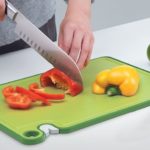Learn the Proper Way to Clean and Store Ceramic and Stone Pans
Method 1: Gentle Cleaning with a Soft Sponge
After every use, ensure that the pan has cooled down completely before starting the cleaning process. Take a soft sponge or dishcloth and use warm water mixed with a small amount of soap to clean ceramic and stone pans.

Method 2: Soak in Hot Water to Remove Burn Marks
If there are stubborn burn marks on your ceramic pan, soaking it in hot water for approximately 30 minutes will help to loosen and remove them. After soaking, use a sponge and soap to clean the pan.
If the burn marks prove challenging to remove, you can mix 1 cup (240 mL) of vinegar with 4 cups (950 mL) of water and heat the solution on low temperature. Let it sit for 3-5 minutes, then turn off the heat and allow the pan to cool before cleaning it with a sponge or dishcloth.

Method 3: Rinse the Pan with Warm Water
Before rinsing, remove any leftover food from the pan using soap. Then, rinse the ceramic or stone pan with warm water to remove any remaining dirt.
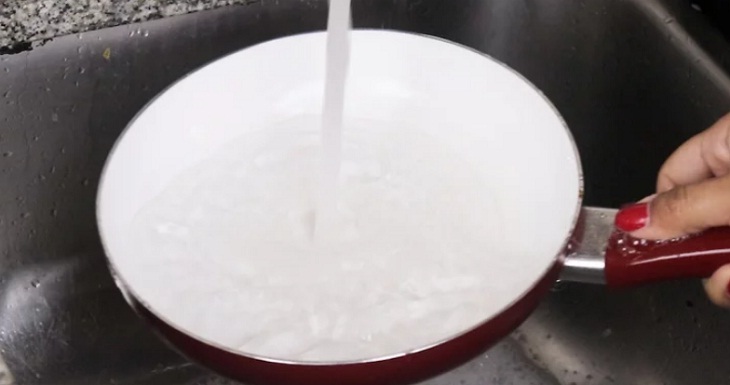
Method 4: Use Baking Soda to Remove Stains
In cases of stubborn stains, wet the pan and sprinkle baking soda over the stained areas. Let the baking soda sit on the pan’s surface for 15-20 minutes before using a soft brush to scrub away the stains effectively.
Finally, rinse the pan thoroughly with warm water and ensure that it is completely dry.

Method 5: Dry the Pan with Paper Towels or Dishcloths
Ceramic and stone pans have a non-stick coating on their surface that makes them easy to clean. Dry the pan with clean paper towels or dishcloths and then clean it further using soap and water.
Finally, hang the pan to dry completely.
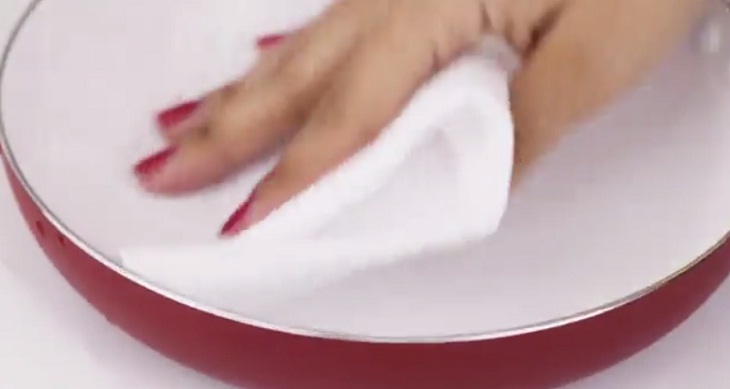
2. Proper Storage of Ceramic and Stone Pans
To ensure the longevity and performance of your ceramic and stone pans, follow these storage tips:
Method 1: Wash the Pan with Warm Water and Soap Before First Use
After removing the pan from its packaging, thoroughly wash it to eliminate any dust or particles that may be present on the pan’s surface. Cleaning the pan before its initial use is essential as it removes bacteria or chemicals that may have come into contact with the pan during production and transportation.
Dry the pan using clean paper towels or a dishcloth.
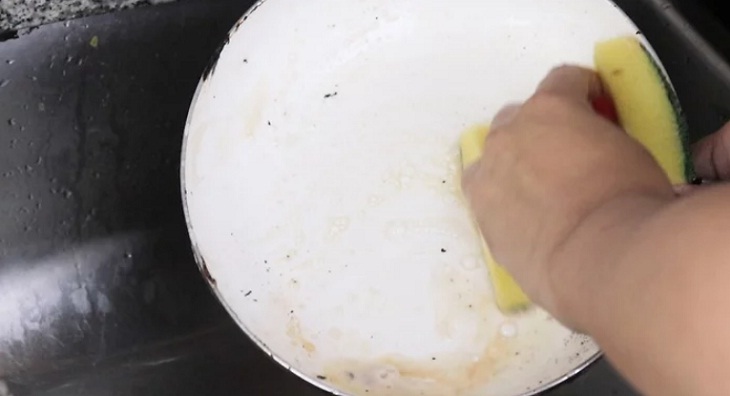
Method 2: Use Suitable Cooking Utensils to Avoid Damage
Opt for utensils made of wood, silicone, plastic, or nylon when cooking with ceramic and stone pans. Metal utensils can scratch the coating, leading to ineffective heating and cooking.
Additionally, avoid cutting food directly in the pan with a knife, as it can damage the pan’s coating.
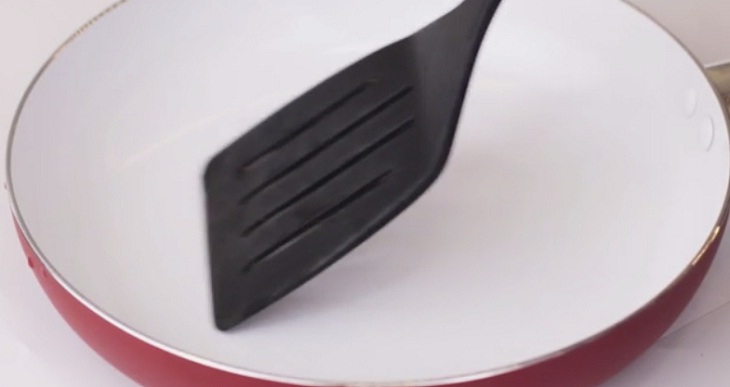
Method 3: Use Oil or Butter for Additional Protection
Coating the pan’s surface evenly with an adequate amount of oil or butter will help prevent food from sticking, resulting in burn marks and residue.
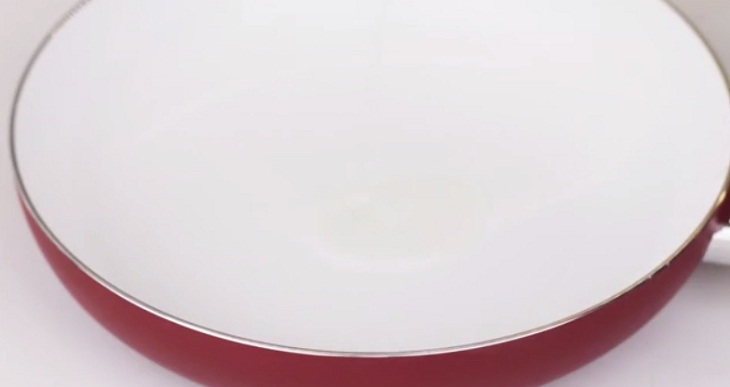
Method 4: Use Low to Medium Heat for Cooking
High heat can cause food to stick to the pan’s surface, leading to discoloration and damage. Start by heating the oil or butter at low heat and then increase the heat after adding food to the pan.

Method 5: Allow the Pan to Cool Completely Before Washing
Sudden temperature changes, such as placing a hot pan in cold water, can damage the non-stick coating and even cause the pan to break. Always allow the pan to cool down entirely before proceeding with the cleaning process.

Method 6: Store Ceramic and Stone Pans Separately
After cleaning the ceramic and stone pan, store it separately from other pots and pans. Avoid stacking ceramic pans on top of each other, as this can lead to scratches and damage to the coating.
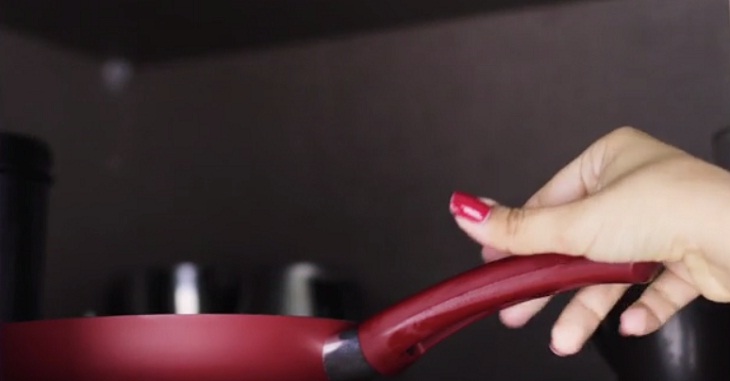
By following these tips, you can ensure the longevity and optimal performance of your ceramic and stone pans.

























